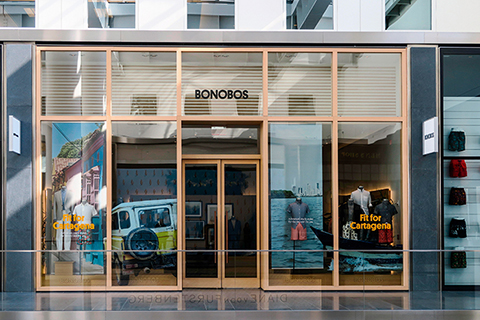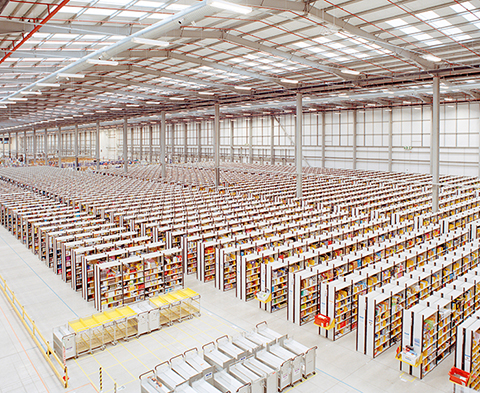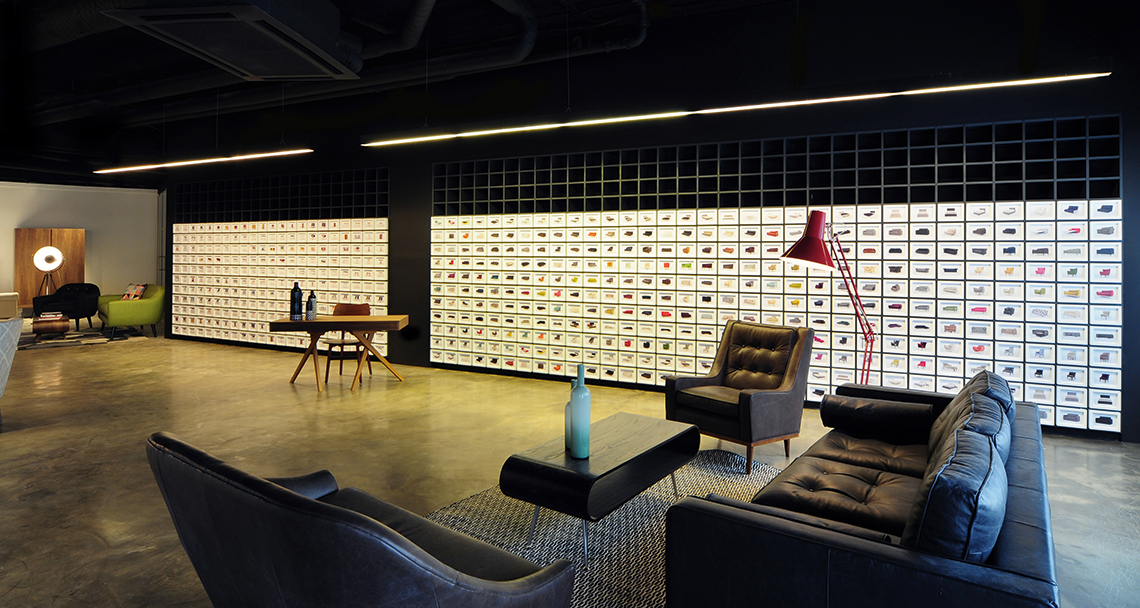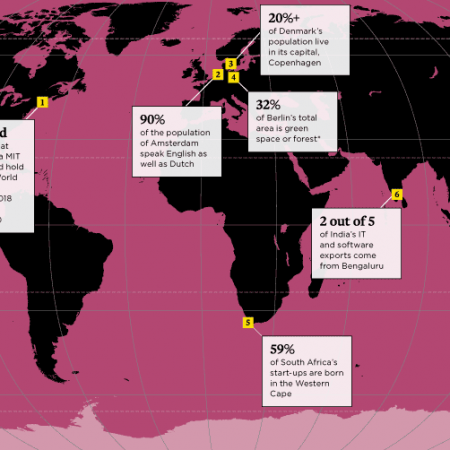Investments in retail premises went down by nearly a third globally between 2015 and 2016, according to data from Real Capital Analytics on deals done of more than $10m. Investors are becoming shy of this traditional asset class in the face of technological change. “Just as the advent of Netflix sounded the death knell for DVD rental outlets such as Blockbuster in most markets, the arrival of Amazon in Germany and Spain led to massive disruption in value for incumbent retailers,” says Jonathan Hannam, co-founder and managing director of the Sydney-based investment house Taronga Group.
But the fall in retail real-estate investment wasn’t necessarily a desperate response to changing technology; rather, early recognition that the nature of retail is changing, and that stores are adapting to the digital age. “There are winners and losers, but the physical store is not dead,” claims Marie Hickey, Savills Global Retail Research Director.
Jack Ma, the founder of Chinese online retailer Alibaba, talks of how the ‘new retail’ unites online, offline, logistics and big data across a single value chain. Companies such as Ma’s, including Jeff Bezos’ Amazon, are intent on bridging the gap between online and offline rather than destroying it. They have built new physical pick-up points, stores and malls in order to become brands that can bring all goods to all customers.
This bridge is illustrated by a range of retailer migrations from the virtual to the real world. Both can be the customer’s destination of choice, blurring the distinction between retail tech and retail real estate. “Retailers implementing technology such as predictive analytics and point-of-sale systems reduce in-store footprints but increase sales by linking purchasing patterns to nearby distribution warehouses,” says David Gialanella, MD of Savills Studley Global Retail Services. “Increasingly, they can predict what customers are likely to buy and store it closer to their homes for swifter delivery, or ensure that their local store has it in stock.”
Aspirational brands are selecting ‘showroom stores’ in prestigious locations that are as much living billboards as a place for putting goods in shopping bags. The physical store is still important for raising brand awareness and both online and offline sales, and is evidenced by the move of some ‘pure-play’ retailers into physical stores. “Consumers may yet see more online e-tailers in bricks and mortar stores so that they can see, smell and touch the goods they see online,” adds Gialanella. “Amazon’s acquisition of Wholefoods is a leading example. But these stores will be linked to technology in ways previously unseen in conventional stores.”
The UK-based international womenswear retailer, Missguided, is another example of the move toward multi-channel retailing. A strong online presence is augmented by their opening of flagship stores in key cities where there is a high volume of customers looking for a particular retail experience. Missguided stores are intentionally ‘Insta-worthy’, for sharing on social media, so their shopfront spreads far wider than the street on which they sit.
Another UK retailer, furniture company Made, blends an offline and online presence. Four strategically placed showrooms with large catchments work alongside the website to offer users an entertaining experience as well as enabling them to touch and feel the goods. Consumers buying big-ticket goods such as £1,000 sofas need that kind of confidence whether they order in-store or online.

Bonobos, the US clothing brand, has another interesting take on meshing an online and offline presence. Its stores carry every single item in every single size and colour – but they only have one sample of each to try on, and nobody leaves the store with any products. Instead, shoppers place orders with an assistant who guides them and arranges for delivery. The strategy removes the stocktaking and warehousing element of the retail chain from the store, making it exclusively a showroom, potentially offering greater range and customisation.
Such changes in retailing have an impact on architects and designers. They need to respond to the needs of both occupiers and owners, building things never previously seen in shops. For example, the US outdoor products retailer REI offers experiential selling through demo rock-climbing walls.
Solutions like these are typical of retailers thinking more strategically and imaginatively about their mix of physical and online presence. There is a lot of change to come as all sorts of retailers discover and adapt to new technology, from the use of in-store sensors to big data and creative use of experiential journeys and social media. Retail tech is at different stages around the world but is resulting in more imaginative and different responses to real estate, where the logistics of delivery matter as much as the website, and where physical stores also attract, retain and entertain shoppers by creating particular customer experiences.
Hickey suggests that for the new retailing model to work, the in-store experience needs to be as seamless as that experienced online. “Why do we expect to have to queue to pay in store when online payment is electronic and instant?” says Hickey. It is irrelevant where the financial transaction takes place, whether online or in-store; both platforms play an important role in the transaction.” This puts as much emphasis on the warehousing and logistics premises as the store itself.
So where does retailing end and logistics begin? “The need to deliver products to buyers on a near real-time basis has forced changes to retailers’ distribution and fulfilment models,” says Aron Gunkelman, Assistant Director at Savills Studley. “Consumers no longer have to trade off between ‘good’, ‘fast’ or ‘cheap’, but this means online sellers have to fulfil customer orders within increasingly short timeframes.” The need for distribution centres in spaces close to populous urban areas becomes more pressing and even competes with old secondary and tertiary retail.
US seaports near to large coastal cities are witnessing surging demand for industrial real estate for use as distribution. High-rise storage centres have been common in Asia for a while, but US developers are now responding in the same way where land prices are high. Prologis, for example, is developing its first multi-storey warehouse in Seattle.
Investors and retailers need to heed this change of use when assessing the value of a store, as the traditional approach of charging a fixed rent is looking increasingly old-fashioned. “In the past, real-estate investment was based on gross numbers, such as leasing or owning as much square footage as possible,” says Gunkelman. “Now, investment is about developing and managing the right space.” It also means a closer working relationship with tenants to help deliver the attractive environments to increase both online and offline sales volumes. Forward-looking landlords may increasingly offer linked retail and logistics space in a single package, with a rent based on online as well as offline sales, for example.
Technology, particularly in such a consumer-orientated sector as retail, provides a great opportunity for investors and developers to enhance existing portfolios. “Online is infiltrating the physical,” concludes Hickey. “There is still a big role for physical property and landlords should not shy away from providing it.”





